- Solar energy blog
- Why Australia is a market leader in BESS and what to learn from them
Why Australia is a market leader in BESS and what to learn from them
Australia has become a market leader in BESS. Discover what is driving BESS adoption and the region’s storage plans for the future.


Laura Rodríguez
Territory Manager Oceania & Nordics
Laura is a renewable and software industry sales professional, currently working at RatedPower as Territory Manager Oceania & Nordics. With a background in International Business and International Trade, Laura previously worked in the business strategy area in various companies as well as as a market analyst for the Government of Spain in Australia.
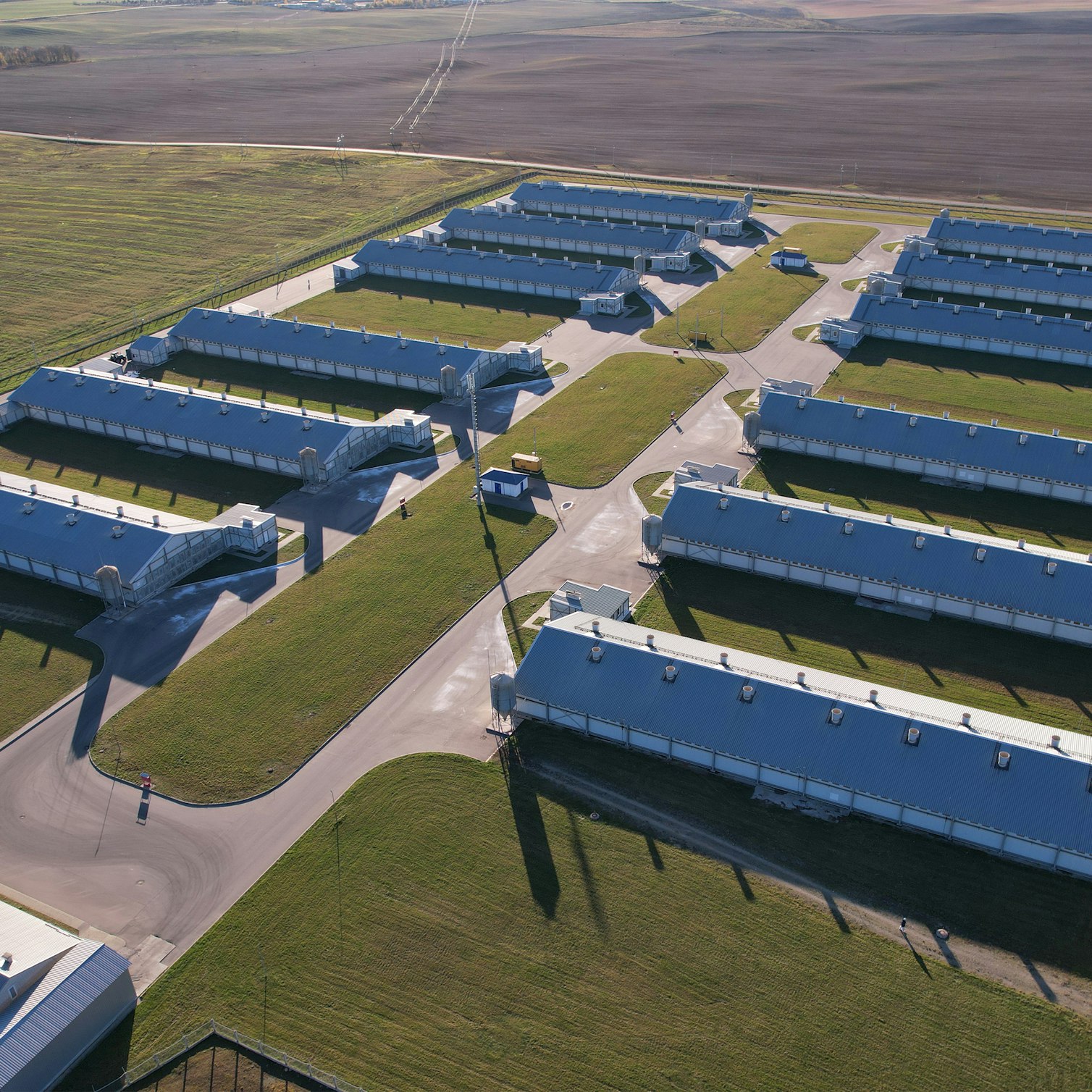
Content
Australia has committed 4.9 billion AUD to Battery Energy Storage Systems (BESS), and it’s paying off. The country’s battery capacity is predicted to grow from 1.7 GW in 2024 to 18.5 GW in 2035. Plus, with supportive policies and the falling cost of batteries making it economical to co-locate energy storage with renewable projects and build standalone BESS projects, these investments are more viable than ever.
Australia is also widely recognized as having some of the most volatile energy prices in the world, driven by a complex mix of high renewable energy penetration, extreme weather, aging infrastructure, and regional market dynamics.
Download "Driving Profit with Battery Storage: The Top Regions for Arbitrage Investment eBook" to discover the most lucrative BESS arbitrage regions and take a closer look at the market dynamics and regulatory factors driving their growth.
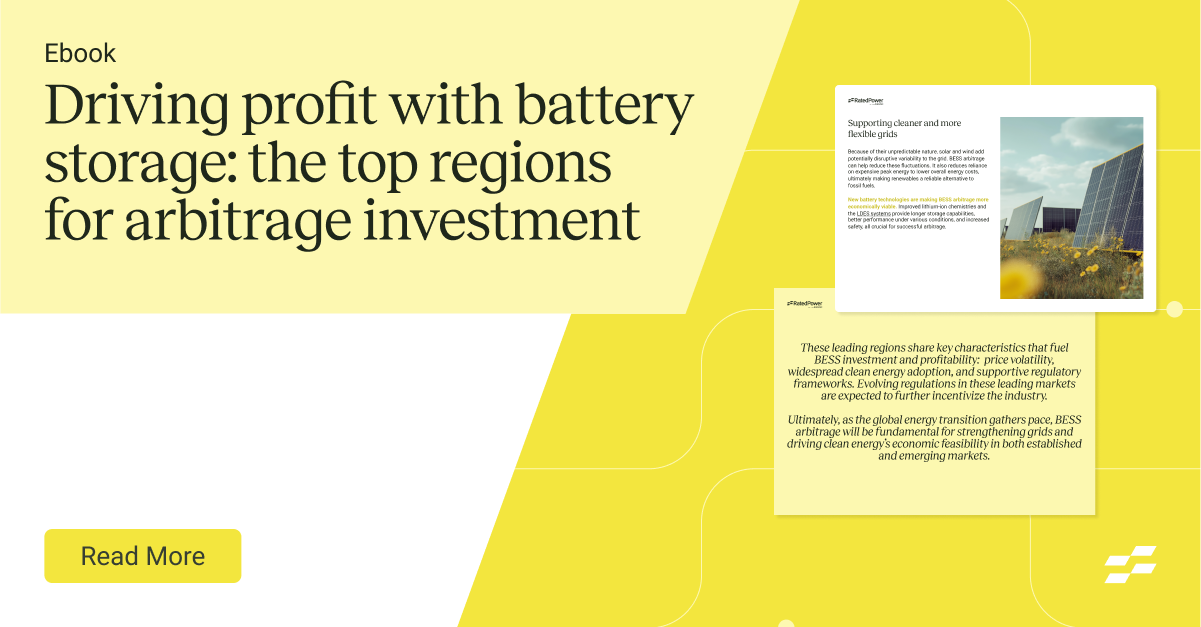
This price variability creates both a challenge and an opportunity. On the one hand, it underscores the urgent need for grid stabilization, an area where Battery Energy Storage Systems (BESS) can play a crucial role by balancing supply and demand in real time.
On the other hand, this volatility presents a compelling case for electricity arbitrage, where investors and operators can capitalize on price fluctuations by storing energy when it’s cheap and selling it back to the grid when prices spike. This dual function positions BESS as both a stabilizing force and a strategic financial asset in Australia’s evolving energy landscape.
What is BESS?
BESS facilities store excess energy during optimal weather conditions and release it back to the grid during peak demand periods to smooth out fluctuations and enhance stability. They can be scaled to support projects of all sizes, from microgrids to utility-scale solar plants to power Australia’s decentralized infrastructure model.
Factors driving BESS growth in Australia
Australia’s fast-growing BESS capacity stems from a combination of bold sustainability goals, progressive incentives, unique geographical constraints, and innovative funding models.
1. Commitment to renewable energy targets
Ambitious green targets across the country, with six states and territories aiming for at least 50% renewable energy by 2030 and five striving for at least 80% by 2035, are driving domestic BESS investments to an all-time high. These targets have created a strong demand for battery storage to support integration and system stability.
2. Government incentives
Widely available financial incentives and supportive legislation also stimulate the battery storage market. Australia’s Renewable Energy Target, which mandates an extra 33,000 GWh of electricity from green sources each year from 2020 to 2030, catalyzed early growth in the BESS market. The recently-inked Future Made in Australia Act further boosted this momentum by incentivizing local BESS manufacturing in 2024.
These green-centered policies are beginning to bear fruit. State-owned Synergy’s 500MW Collie battery energy storage system in Western Australia installed its first 80 battery units in 2024 as part of the wider 4-hour duration BESS, which will include 640 units when fully complete. These government interventions also support some of the largest upcoming private BESS projects in the country:
Geelong Big Battery Energy Storage System (operational) - Australia is now home to one of the world’s largest energy storage facilities, with a 300,000-kW capacity and a rated storage capacity of 450,000 kWh.
New England Solar Farm (partially operational) - Located in Uralla, this project has a 1,400,000 kW capacity and a rated storage capacity of 2,800,000 kWh. Stage 1 is operational, and Stage 2 is under construction.
Goyder South Project (under construction) - This BESS plant in Burra is expected to have a 900,000 kW capacity and a rated storage capacity of 1,800,000 kWh.
Bonshaw Solar PV Park (in pre-construction) - This 300,000-kW capacity BESS project in Inverell Shire is designed to generate 560 GWh of electricity annually, enough to supply clean energy to 70,000 households and offset 600,000 tonnes of carbon dioxide each year.
Kentbruck Green Power Hub (in the permitting stage) - This project in Nelson will have a 500,000 kW capacity and a rated storage capacity of 1,000,000 kWh.
3. Geographic challenges
Australia’s vast and sparsely populated geography makes providing consistent power in isolated areas challenging. It’s counting on BESS to deliver reliable power in both off-grid and fringe-of-grid applications, and the results are promising.
Initiatives like Horizon Power’s federally funded BESS project have successfully reduced reliance on diesel in remote towns in Western Australia. Farms in rural Victoria are also using off-grid BESS solutions to mitigate the impact of unstable grid connections and achieve energy independence.
In extremely remote locations, BESS supports the transition from diesel generators to sustainable energy. This shift hits two birds with one stone: it drives environmental progress and boosts economic and social development in rural communities.
Download our 2025 Trends Report to unlock essential insights on the renewables industry. With data from our survey and solar simulations on RatedPower, it’s your go-to resource for understanding trends, challenges, and design strategies.
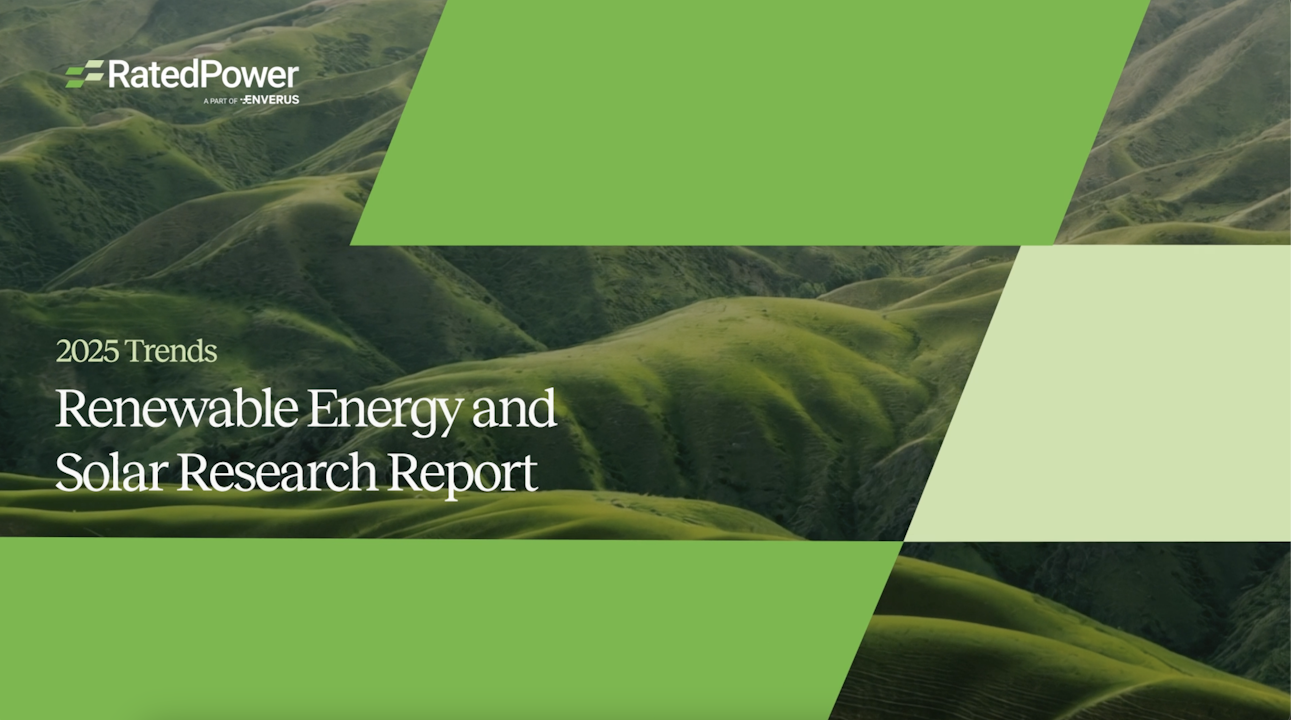
4. Innovative private sector investments
High capital requirements and the risks of renewable projects initially slowed progress in the BESS market, but new financing strategies are easing the path. Many companies now use novel models like portfolio financing to develop multiple renewable projects simultaneously. This speeds up deployment and helps integrate BESS more effectively into the energy system.
For example, Fotowatio Renewable Ventures recently secured 1.2 billion AUD in portfolio financing to fund eight solar farms, either operational or under construction, with a total installed capacity of around 1 GW. This financing package also includes the greenfield financing of FRV’s first standalone BESS, which has a 100MW/200-hour capacity.
How Australia became a market leader in BESS
Australia’s journey into utility-scale BESS began quite unusually from a Twitter exchange between two billionaires in 2017. Prompted by a public challenge from Mike Cannon-Brookes, Elon Musk built a 100 MW BESS in South Australia within 100 days, a remarkable achievement that showed how quickly BESS technology can be deployed on a large scale.
Following the success of this project, Australia fully embraced battery technology and expanded its storage solutions. Twenty-five big battery projects are now connected to the grid, a notable feat considering that the country had virtually no BESS capacity before 2017.
Construction kicked off on an impressive 1.38 GW of new battery projects in 2022, nearly double the previous year. By the second quarter of 2023, Australia had committed over $1 billion to utility BESS projects, excluding investments in hybrids that combine generation capacity with storage.
The pipeline looking ahead is considerable: Wood Mackenzie estimates that over 40 GW of BESS projects are in the works, while Rystad Energy places the figure even higher at over 50 GW.
Price reductions for BESS technology and components in the APAC should further spur investment. Projections suggest that by 2032, lithium iron phosphate and nickel manganese cobalt module prices will drop by 40% in Australia. This trend builds on the steady lithium price decline observed since late 2022 and is expected to reduce overall battery module cost by 18-21% per kWh within the next decade. Analysts also predict that green energy and storage prices will become cheaper than coal and gas power by 2028, which will likely propel further investment and development.
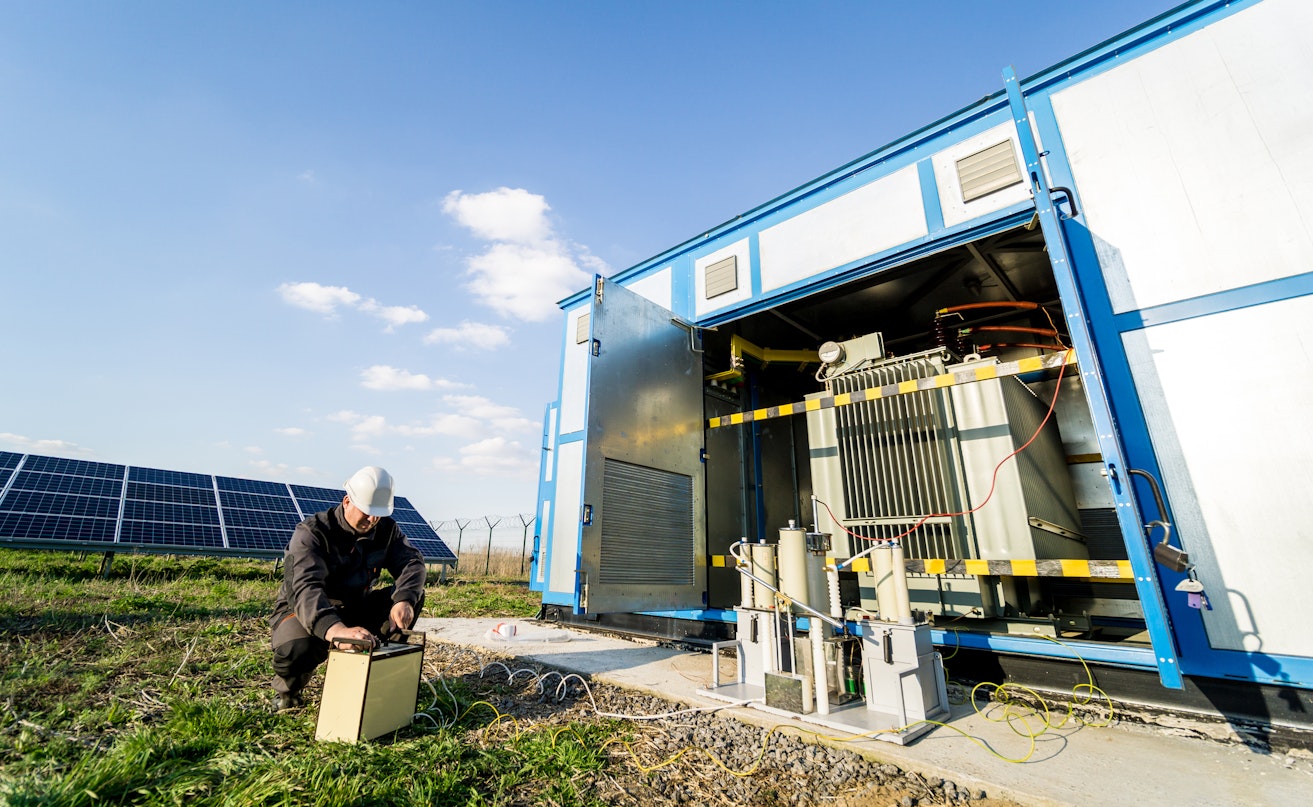
Lessons from Australia’s BESS strategy
Australia’s rapid BESS deployment provides a blueprint for other countries, and it shows that effectively integrating large-scale BESS into power grids can accelerate renewable energy adoption, enhance grid security, and stimulate domestic economic opportunities.
Regulatory and well-designed initiatives stimulate BESS development and investment. Governments need to streamline permitting processes and simplify grid connection requirements to encourage deployment and reduce barriers.
Private sector innovation has been equally instrumental in Australia’s success. Shifting to novel financing methods may allow investors to manage the high capital demands and risks associated with renewable energy projects, creating economic efficiencies and ensuring faster deployment.
Start exploring BESS
Design and optimize your hybrid plant with RatedPower’s BESS software. The platform supports both AC- and DC-coupled systems. Tailor designs to maximize capacity or meet specific energy requirements, seamlessly integrate standalone BESS solutions and generate comprehensive engineering documentation within minutes, including layouts and Bills of Materials.
Schedule a demo to learn more.
Latest stories
Related posts
Market analysis
Powering through the peak: Why solar + storage is gaining momentum in MENAT
Discover how MENAT is building a functioning solar economy and why rising peak demand during extreme heat is squeezing its energy architecture.
Updated 11 DEC, 25

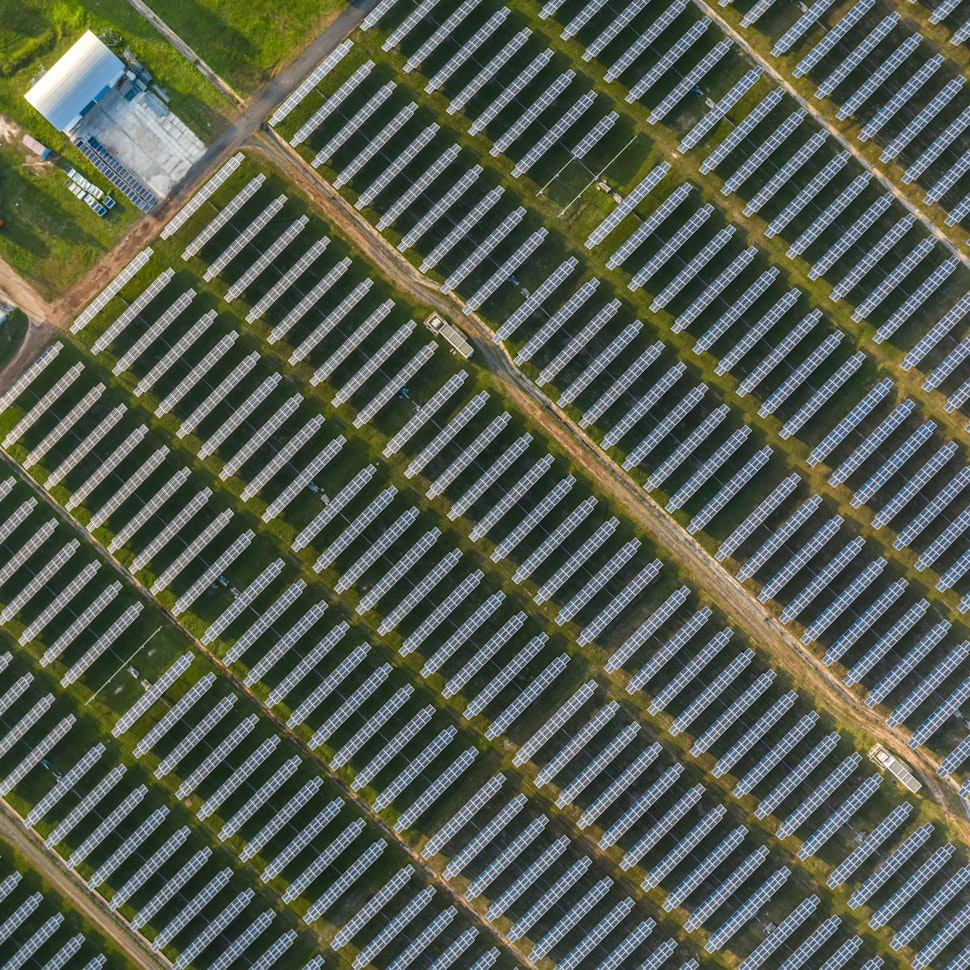
Market analysis
The rise of utility-scale PV + storage plants in Italy
Discover how Italy’s latest policies and auctions are driving utility-scale solar and battery storage projects to meet ambitious 2030 targets.
Updated 4 DEC, 25

Market analysis
From sun to socket: What Iberia’s grid needs to handle 2030 renewable targets
Discover how Spain and Portugal are upgrading their grids to meet ambitious renewable targets and prevent future blackouts.
Updated 25 NOV, 25
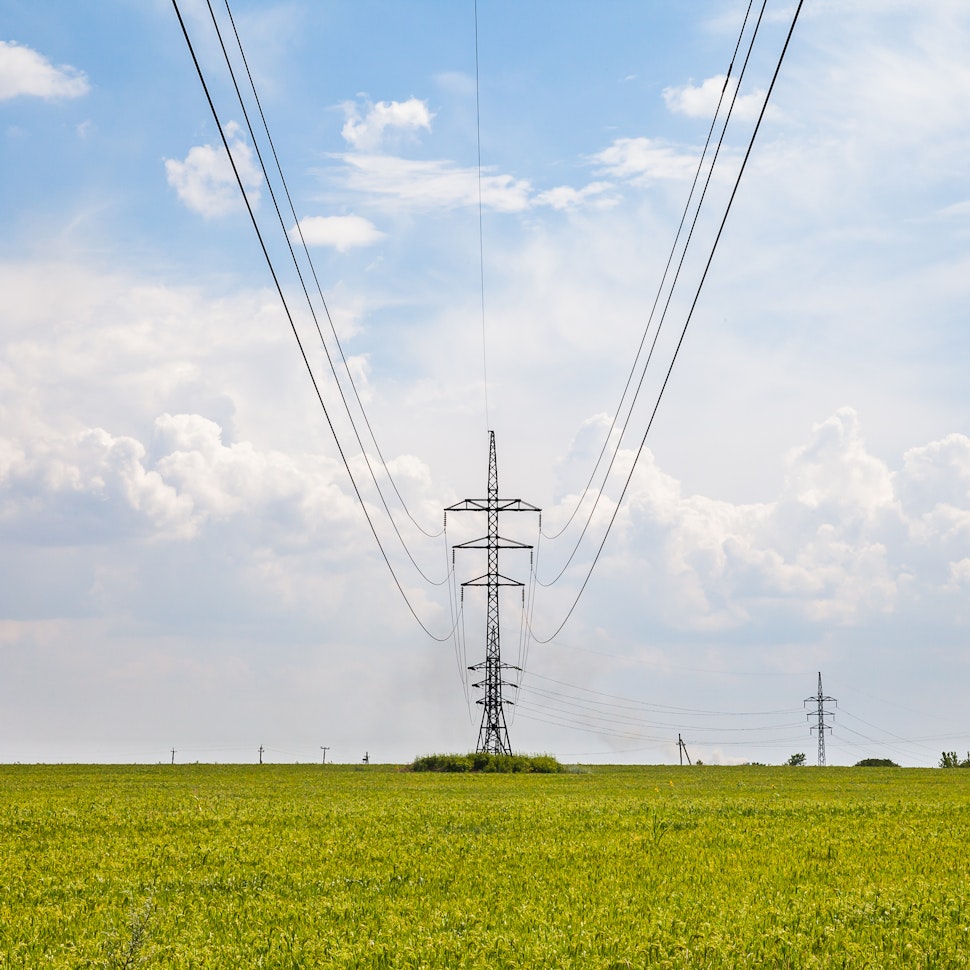
- RatedPower
- Solar energy blog
- Why Australia is a market leader in BESS and what to learn from them
 Watch a demo
Watch a demo Ask our AI Product Expert
Ask our AI Product Expert
